Note: Rashin Fahandej's "Future of Inclusion Lab," a series of virtual co-creation workshops that provide technology and resource access to a mixed group of Austria-based creatives, is currently accepting Austria-based participants. Read the open call in English/German and apply by Monday, June 21 >>
First is the moist breeze, then the faint sound of water rhythmically slapping against the bank. The soles of my feet are not used to the unevenness of the cobblestones. I walk alongside the Danube, witnessing people crossing paths, exchanging greetings; encounters coming together as a jagged yet porous edge of beautifully diverse experiences. Since the Roman Empire, Linz has been a transnational, transethnic crossroads. I hear the soft sounds of German, Turkish, and Latin as I watch my daughter’s nimble fingers scroll through the river path, as she too explores the far away lands with the intimacy of her touch through a glass and metal rectangle- the interface of my phone.
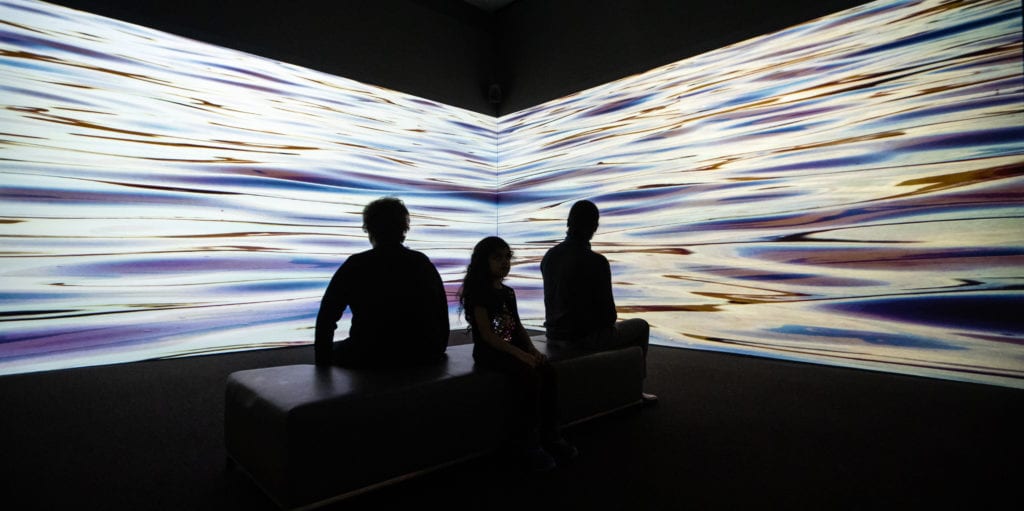
For the past year, my preparation for the American Art Incubator at Ars Electronica has been interwoven with visions of myself tracing the city’s complex history in my daily walks from Atelierhaus Salzamt to Ars Electronica — crossing the Nibelungenbruke bridge over the Danube, walking the streets, catching the aroma of fresh baked Linzer Torte. Daydreaming my month-long stay in Linz, I looked to accounts of the past and present in Austria and Linz and anticipated with excitement the city’s future, a vision that is nurtured in spaces like Ars Electronica.
With the sudden shift of this exchange to a virtual program in response to the pandemic, I am left to live the experience of being in the presence of a place and its people through the medium of technology: searching images, reading first-hand accounts, listening to Annea Lockwood’s “A Sound Map of the Danube.” These sources of information are like shattered particles of a reflection on the water’s surface, constantly flickering in and out of a vision that could be whole.
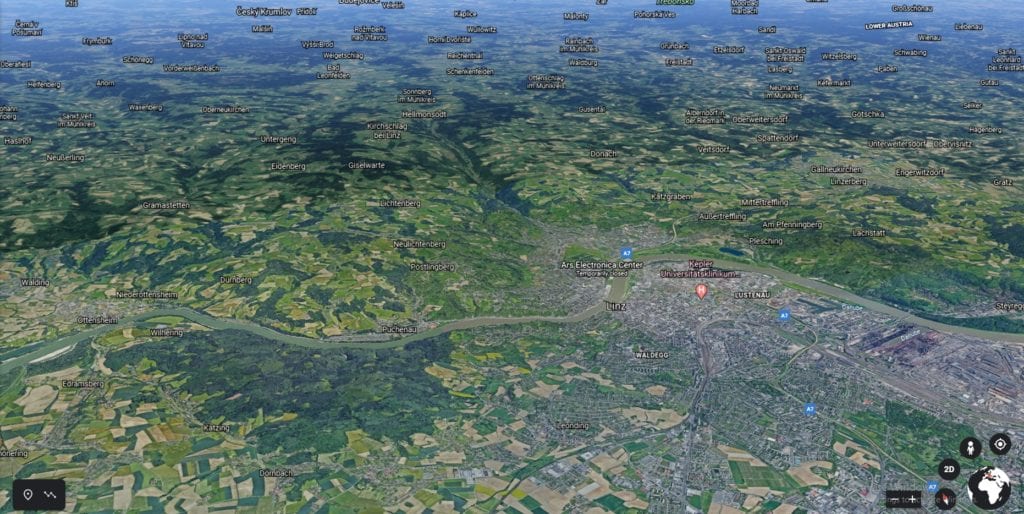
The global pandemic has impeded our ability to connect with the places and people we love, or had yet to love, in person. However, individuals and organizations have opened up a floodgate of virtual access to online content and experiences. Technology has solidified its role as the connective tissue among people from different nations within one city or across continents. On the other hand, the pandemic has also brought into sharper focus structural injustices and systemic inequities. In the field of Art and Technology, specifically, it is a call to construct equitable networks of support that center the most vulnerable.
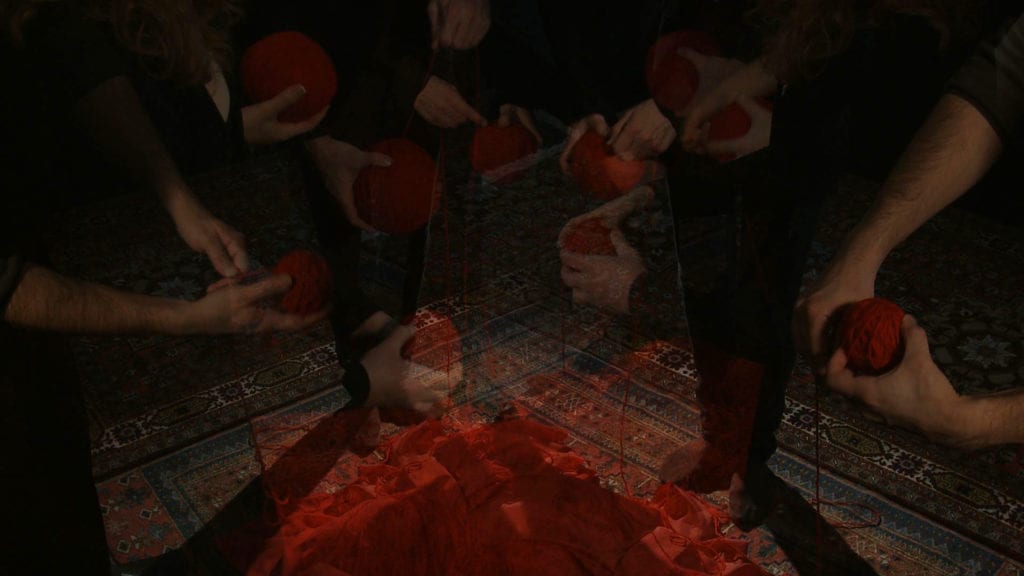
As a socially-engaged artist, I define my practice as “Art as Ecosystem,” a network of collaborations with a multiplicity of narratives that investigates social systems and animates public sites and online platforms, shifting the dominant narratives around urgent social challenges. Emerging technologies and co-creative processes form opportunities for cross-sector collaborations centering on personal stories. In this act of storytelling, the personal political realities of intersectional issues such as race, gender, immigration, and class become fluid. From this place of fluid holistic narrative, “Art as Ecosystem” arises.

My research for the past four years has been centred on “A Father’s Lullaby," a community co-creative project that uses poetic aesthetic as its critical lens to address the social challenges of mass incarceration in the United States. The project highlights the role of men in raising children, and their absence due to racial disparities in the criminal justice system. The work moves across multiple platforms, engaging people from a spectrum of experiences — from formerly incarcerated men to fathers that are federal probation officers. Co-creation engages diverse groups of participants that are mobilized by the moral responsibility of everyone to speak out on social injustices, not just those most impacted. The result of collaborations and tool-sharing workshops manifest as site-responsive installations shared in the community where it was created.

Pedagogy is intertwined with my artistic practice. As an assistant professor at Emerson College, I implement community co-creation methodologies in shaping classrooms. In the spring of 2020, my “Immersive Storytelling: Co-creation of VR and 360 Video” class brought together formerly incarcerated fathers, probation officers, and students. With the mid-semester shift to online academia, the collaboration relied on virtually using Augmented Reality and tools accessible to the fathers- their cellphones. The result of these collaborations, “From Father, With Love” is a set of postcards, each augmenting a father’s story through audio, visual, and 3D images.
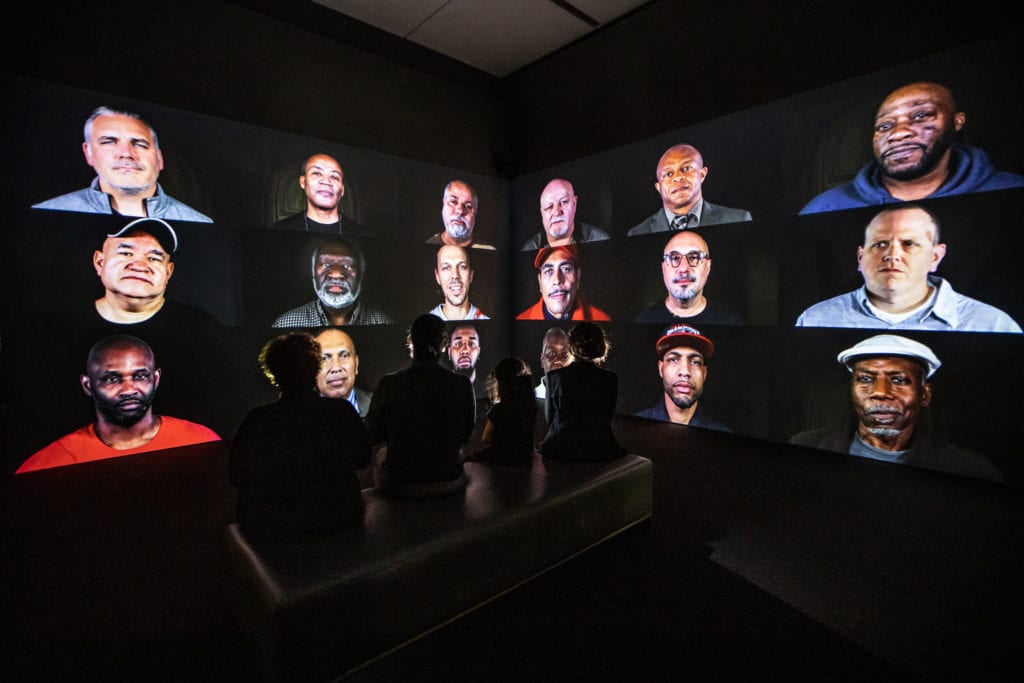
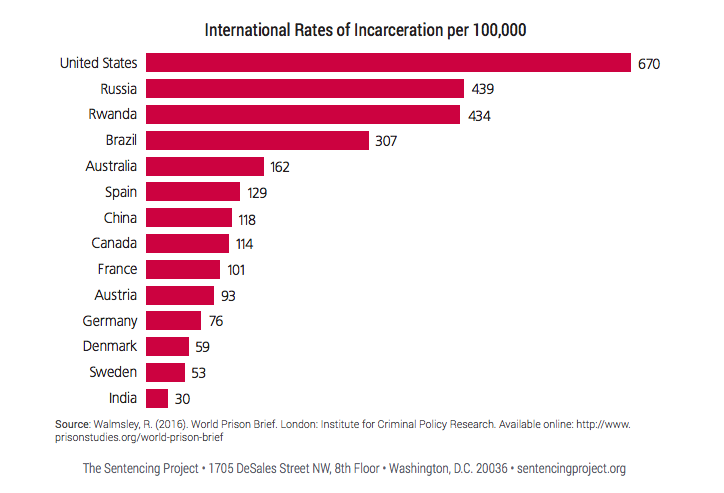
“Diversity gives me a seat at the table, inclusion allows me to have a voice at the table, but equity gives me the ability to run that table.”
DeAnna Hoskins, the president of Just Leader USA.
Partnering with Ars Electronica, an international hub for “experimentation, evaluation and reinvention” in art, technology, and society, presents a unique opportunity to envision radical changes to address critical questions of inclusivity, equity, and sustainability with underrepresented creators at the table. What are the conditions that need to be in place for equitable practices to stay sustained? Our collective efforts with local participants, leaders, and Ars Electronica is an incubator for these inquiries. With only a virtual presence, what are the effective ways to lean on the expertise and lived experiences of local collaborators, Ars staff, and community members? I am excited to work through the many questions collectively to imagine the future of inclusivity together.